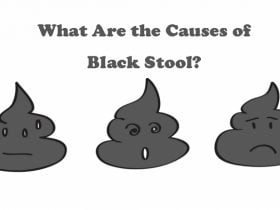Male pattern balding is also known as androgenic alopecia and it is one of the main reasons why they lose hair as they get older. It is possible for a woman to go through this kind of hair loss, but it is not common.
Experts say that over 30 million women in the United States experience this kind of hair loss compared to 50 million men. Sex hormones in the body are the most important underlying factor causing male pattern hair loss.
Dihydrotestosterone (DHT) is an androgen. An androgen is a sex hormone that helps with the development of what is referred to as male sex characteristics, which include body hair. However, it can also be responsible for rapid loss of hair.
There are ways of managing or impeding the onset of male pattern baldness by particularly working with DHT. In this article, I will be discussing how DHT works, the link between DHT, the hair and testosterone and how it affects male pattern balding.
What Does DHT Do?

Dihydrotestosterone is gotten from testosterone. Testosterone is a hormone that is found in both men and women. Just like DHT, it is an androgen that helps with the development of male sex features during puberty. These features are:
- A deep voice.
- Alterations in how fat is stored around the body.
- Increased body hair and muscle mass.
- Growth of penis, scrotum and testicles as sperm production begins.
As we grow older, testosterone and DHT begin to have several other benefits in the body, such as maintaining the overall muscle and enhancing sexual health and fertility.
In most cases, men have more testosterone in their body. Over 10 percent of testosterone in all adults is changed to DHT by an enzyme called 5-alpha reductase (5-AR).
When DHT begins to move directly into the blood stream, it can bind to receptors on hair follicles in your scalp, making them shrink and unable to support growth of hair on the head.
It is important to know that DHT can cause harm to other parts of the body. Experts have revealed that DHT in abnormally high quantity could be responsible for:
- Coronary heart disease.
- Prostate cancer.
- Enlarged prostrate.
- Impaired healing of skin after an injury.













